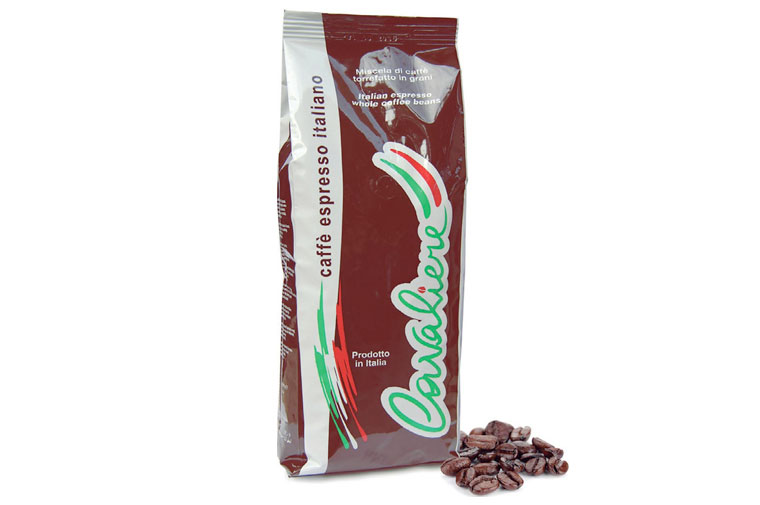According to statistics compiled by the British Coffee Association, around two billion cups of coffee are consumed daily around the world and 55 million of those are accounted for by the UK. 80% of UK households, in fact, regularly buy instant coffee and as many as 16% visit a coffee shop on a daily basis.
Despite being a country famed as tea drinkers, then, coffee has clearly also become close to an obsession for the UK. It’s high time, therefore, to embrace our love for a good cup of Joe and to learn the fascinating process which is involved in transforming the fruit of a humble equatorial plant into a globally beloved beverage.
Coffee Growing
Coffee is generally grown within 1,000 miles of the equator, between the Tropic of Cancer to the north and the Tropic of Capricorn to the South. Growth is largely limited to this area as it is here that the climate is best suited for the two main commercial types of coffee bean. Those are the Robusta and the Arabica, with the Robusta growing best at lower altitudes and the Arabica in higher regions.
There are more than 50 countries which grow coffee and it is the second largest global export by monetary value, behind only oil. How, though, does a plant grown largely in Central and South America become a drink in our mugs?
The Coffee Production Process
The fruit which is harvested from the coffee plant is called a coffee cherry and it must undergo a number of complex and crucial processes before what we recognise as coffee is produced. Firstly, the two coffee beans which are found in each cherry must be removed from the skin and pulp of the fruit, as well as from a paper-like substance known as ‘parchment’.
After that initial processing, it comes time for the coffee beans to be roasted and this requires precise timing and a high level of expertise. Roasting is required to release the aromatic oils which give coffee its unique flavour and scent, and in general, the longer beans are roasted the darker and stronger the coffee will be.
Once coffee beans have been roasted, they must be ground in order to increase surface area. That’s important as greater surface area provides hot water better access to the coffee and improves the release of flavour. Excessive grinding, though, must be avoided as it can lead to the evaporation of the aforementioned aromatic oils and cause the coffee to become bitter.
Instant or Soluble Coffee
Once grinding is complete, you have got what is known and sold the world over as ‘roast and ground’ coffee. If instant or soluble coffee is what is being produced, however, there are two further steps in the process.
Firstly, the ground coffee is put through a series of extractor cells which make it continually stronger and stronger, until ultimately it becomes a syrupy coffee liquor. It is that liquor which must then be dried to produce instant coffee, and there are two different drying methods which are used.
The first of those methods is known as spray-drying and involves spraying the liquor into a stream of hot air at the top of a large cylinder. The liquor is dried by the hot air spray and falls to the bottom of the cylinder as a fine powder. The other method, meanwhile, is called freeze-drying and sees the liquor cooled to -40⁰C to form a thin layer. That frozen layer is then broken into pieces and subjected to a hard vacuum.
It takes all of that, therefore, to produce that jar of coffee which so many of us have sat next to our kettles.
